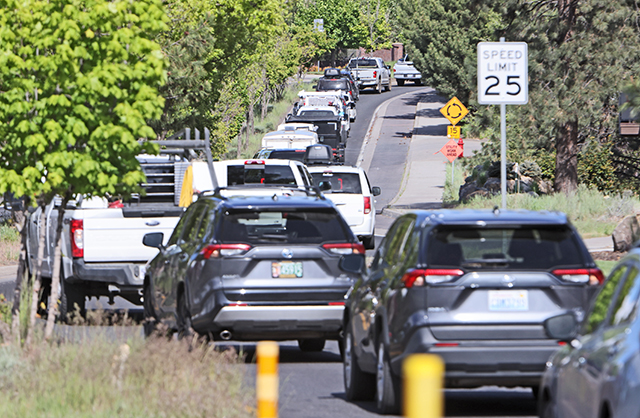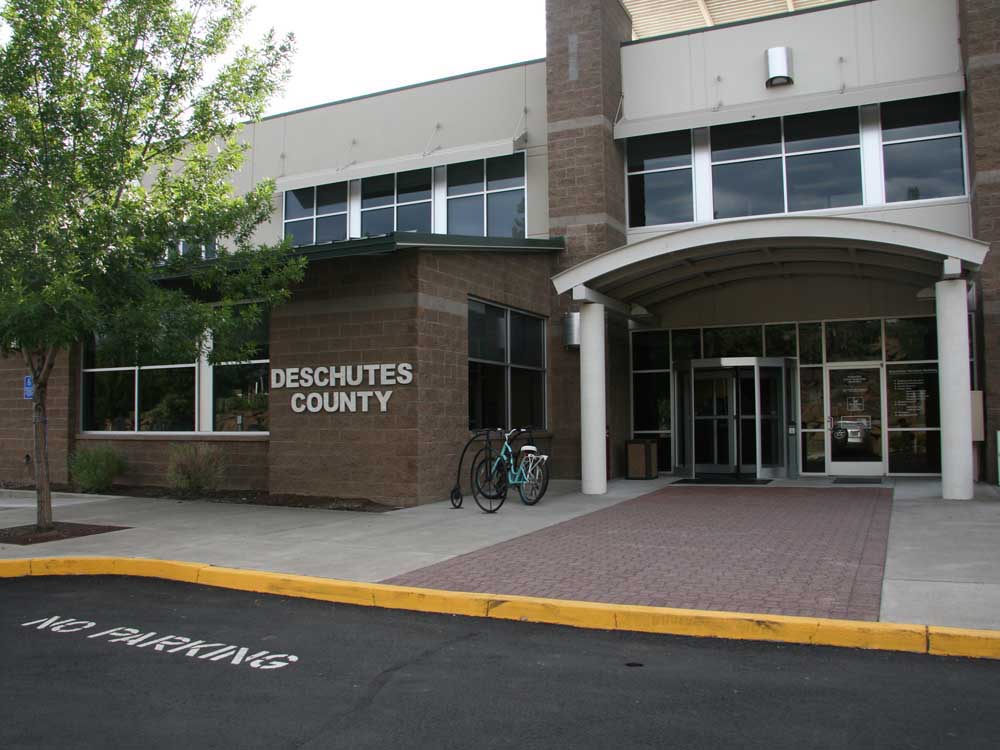Break out the seed catalogs
Published 12:00 am Sunday, January 16, 2022
The time has come. The table is set. No, not with the good china or holiday food. The table is set with the 2022 seed catalogs, black marking pen and a stack of yellow sticky notes.
The stash of catalogs is not as high as last year’s pile. I have received several emails stating a company was not printing a catalog this year.
Paper catalogs are addictive. All those varieties make your eyes bounce from one image to another. And those wonderful photos convince you that all things are possible in the world of gardening. Sitting in front of a screen isn’t as satisfying for some gardeners as turning page after page. I know, deep down, that the decision makes sense. It is another difficult decision a business has to make to get product to customers via the quickest, most economical means.
Steve Aitken wrote an editorial comment in Fine Gardening magazine that made me do some deep thinking. His comment had to do with botanical developments. In part it was, “Progress is rarely pure, unfortunately. For every step ahead, something is left behind.”
For me, it was breaking the tradition of New Year’s Day. For many years the tradition was to order the seeds. My husband always viewed New Year’s Eve as amateur night. It was never difficult to be clear-headed on New Year’s Day and concentrate on seed orders, admittedly between critical football plays.
I still maintain the amateur night tradition; what changed for me was the criteria I used to choose the seeds I ordered.
The two criteria I set in place were water conservation and planting seeds that are locally sourced rather than from the East Coast. If the seed I am looking for isn’t available locally, I plan to order from sources in Oregon, Washington or California.
The current drought conditions in many states, not just Oregon, should make all gardeners stop and assess how much we really know about the plants we place in the ground. Do we irrigate on Tuesday because that is the day we always irrigate? Or do we start paying more attention to what the plant needs and start practicing zonal plantings.
According to Jim Meyers, horticulture professor at Oregon State University, tomatoes, squash and melons establish deep root systems quickly and draw moisture from deeper soil long after the soil surface has become dry in midsummer.
Meyers, who is also a plant breeder, says more drought -tolerant vegetables are being developed. One is a zucchini variety: Dark star has been developed to grow under dry-land conditions with roots that seek out the water table. We all vie for the title of growing the biggest tomato in the neighborhood. Maybe it would be more prudent to plant a smaller variety that is full flavored but is shorter in maturity time — requiring less water.
Sweet corn and lettuce are shallow-rooted and require lots of water. The favorite cool-season peas, cabbage, cauliflower and broccoli are not drought -tolerant, so they should be planted in the same watering zone.
In many ways 2022 will be an interesting gardening year. Vendors wonder if the interest in backyard gardening will continue. Gardeners wonder if there will be another seed shortage. And don’t be surprised if prices are a little higher.
Many aspects of life have changed over the past few years. What hasn’t changed is a gardener’s quest to learn more, to improve and expand our knowledge of how to improve our techniques and our gardens.
Resources I have used
• Renee’s Seed in Felton, California.
• Siskiyou Seeds in Southwest Oregon
• Nichols Garden Nursery in Philomath.
• Territorial Seed in Cottage Grove.
• Adaptive Seeds in Sweet Home.
• The Thyme Garden in Alsea.
We all vie for the title of growing the biggest tomato in the neighborhood. Maybe it would be more prudent to plant a smaller variety that is full flavored but is shorter in maturity time requiring less water.







